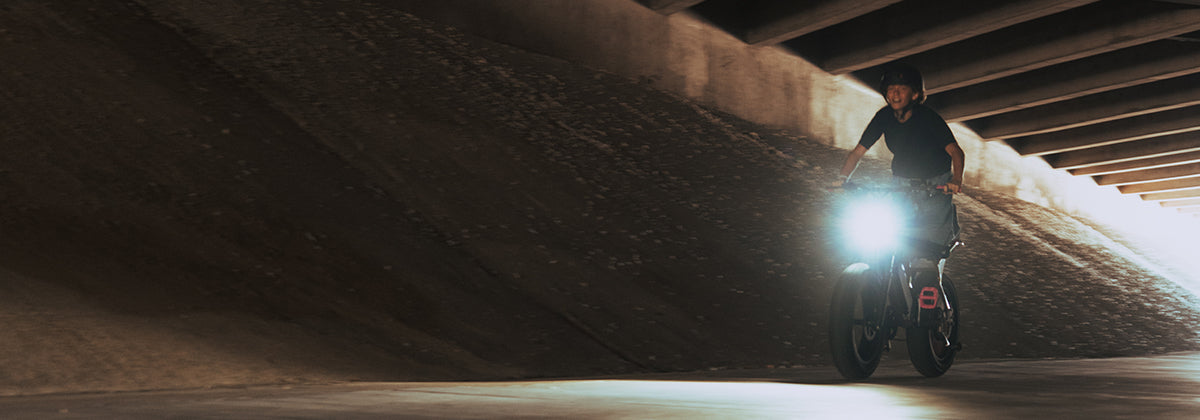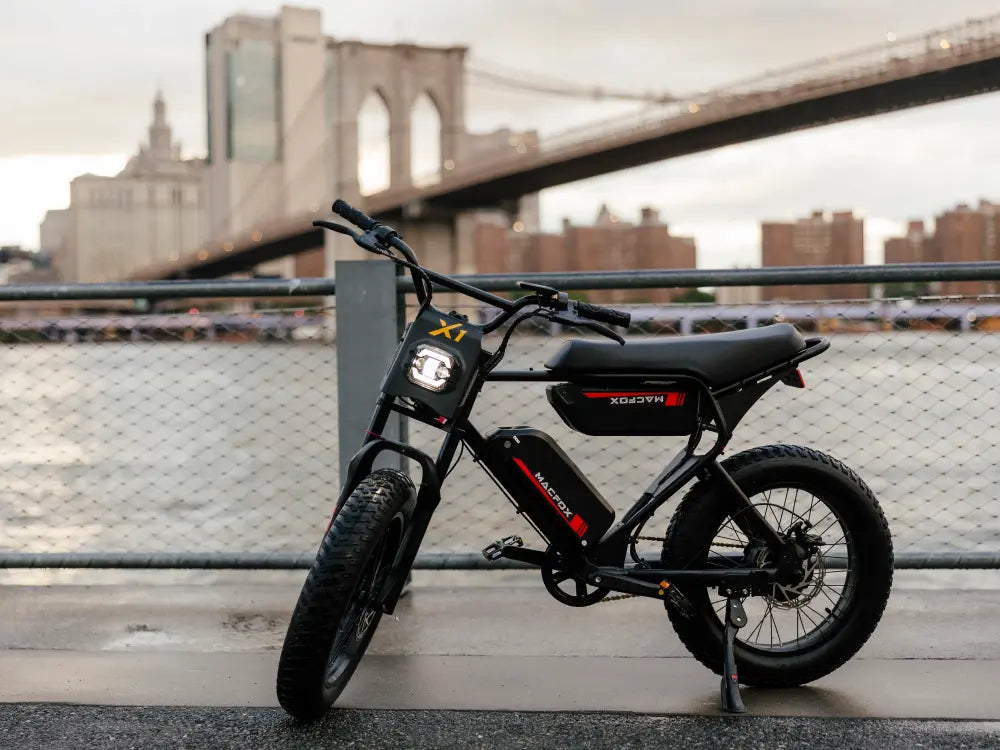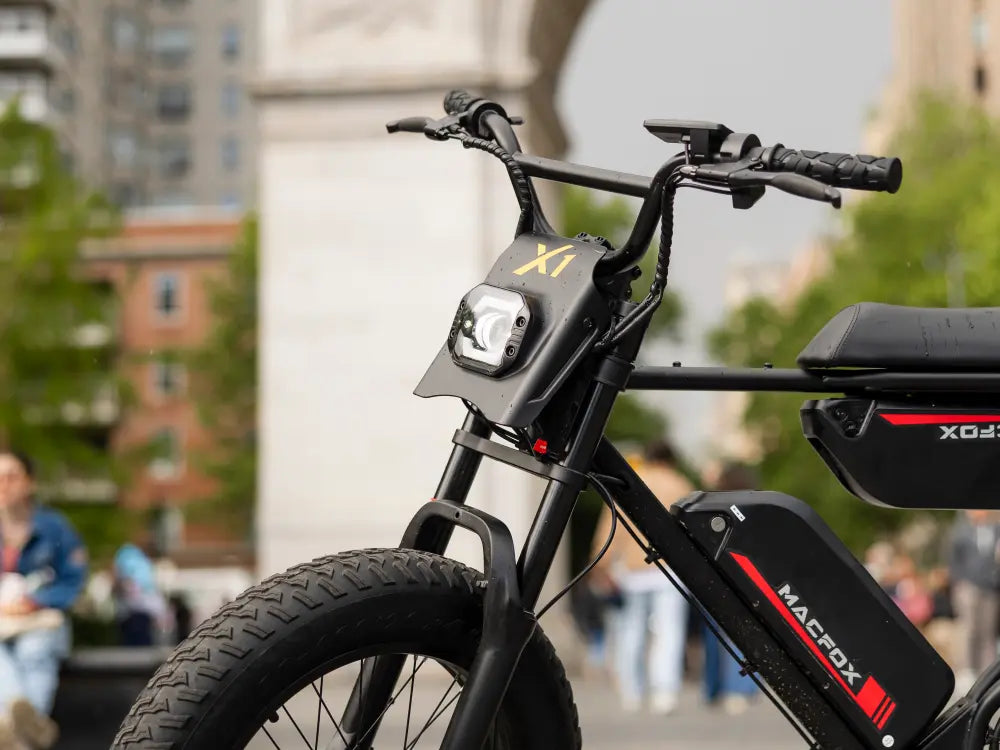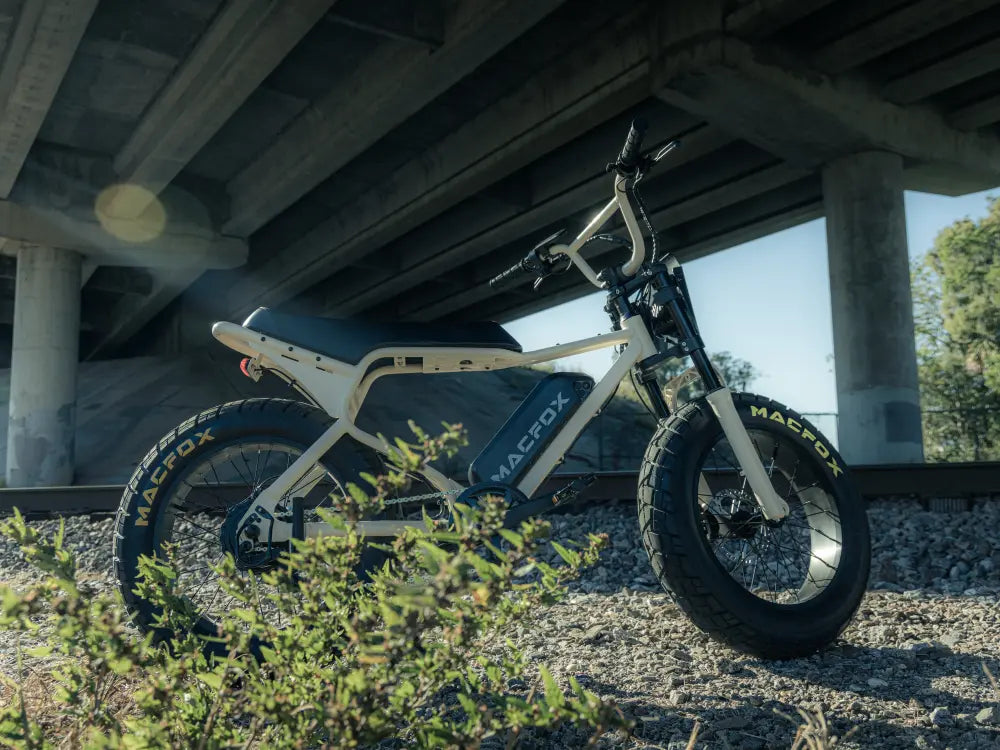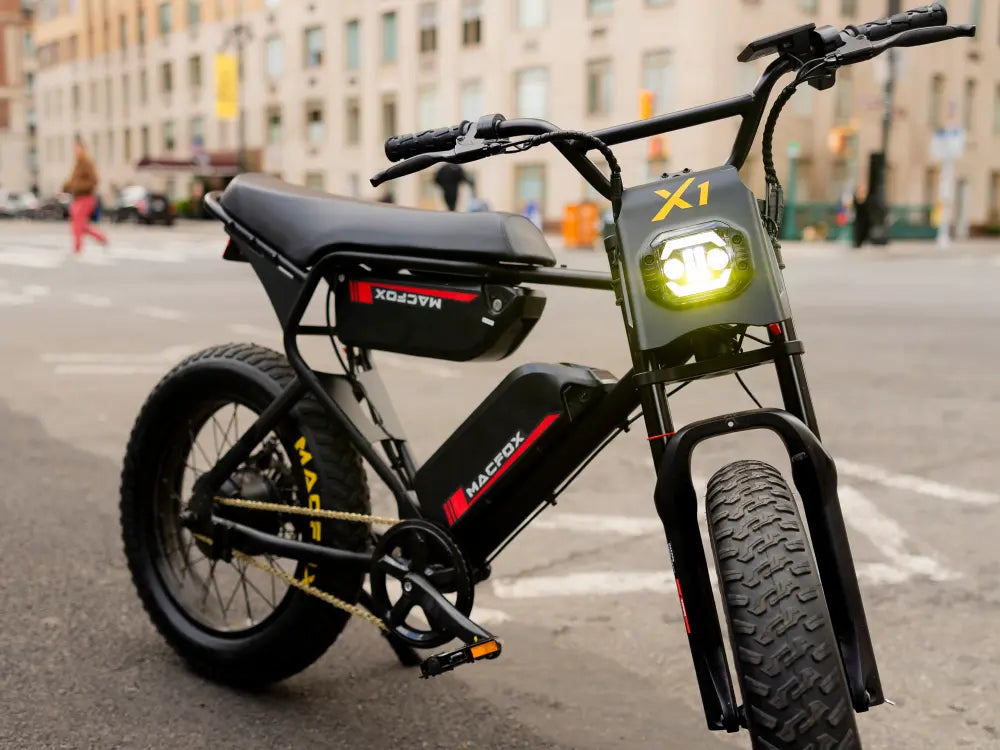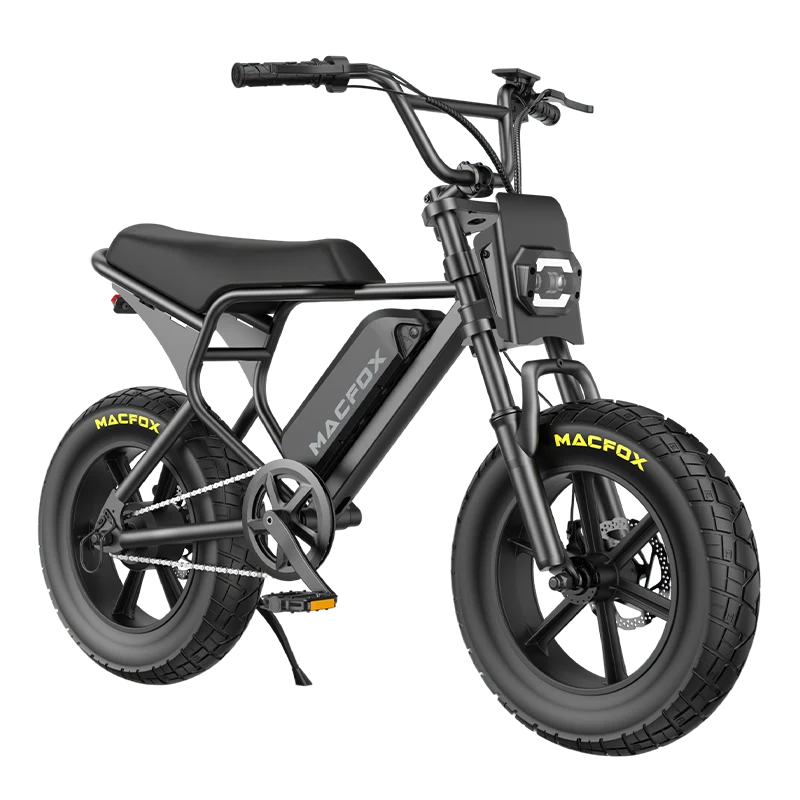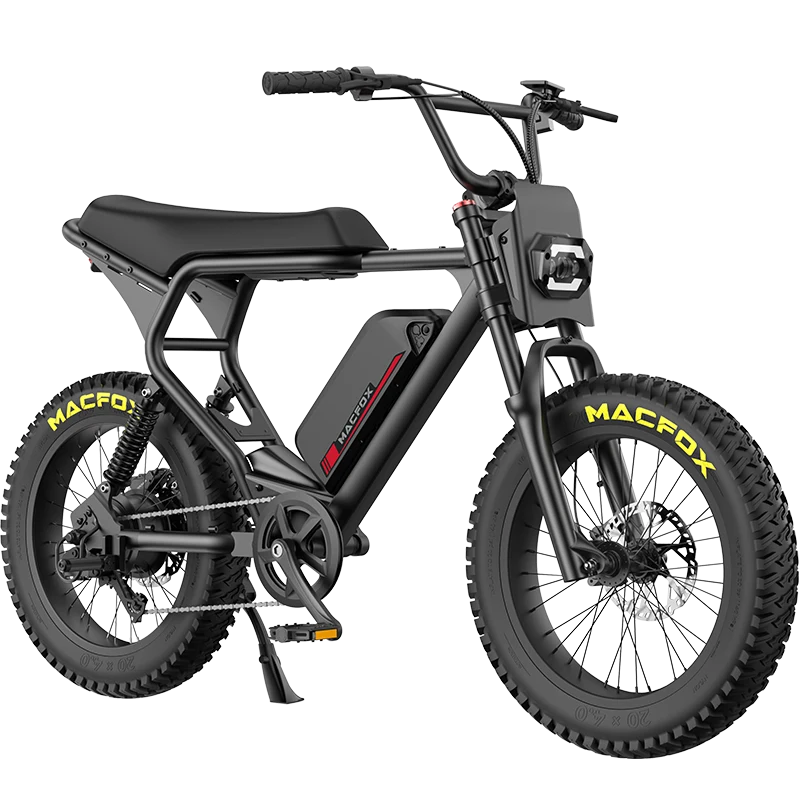Introduction: The Real Reason Riders Still Pedal
If electric bikes have motors, why pedal at all? That’s one of the first questions new riders ask—and it’s a good one. The truth is, pedaling is what makes an electric bike feel natural, efficient, and empowering.
Modern e-bikes don’t replace pedaling—they enhance it. Riders pedal because it saves battery life, improves control, builds fitness, and deepens the riding experience. Whether you’re cruising to class, commuting to work, or exploring trails, pedaling keeps you connected to the ride instead of just sitting on it.
This guide breaks down why people pedal their electric bicycles, how it improves performance, and how brands like Macfox design electric bikes that make pedaling feel effortless and meaningful.

Pedaling Improves Control, Range, and Safety
Pedaling isn’t just for exercise—it’s about control and balance. When you pedal, your movement activates the pedal assist system (PAS), telling the motor how much help to deliver. This gives you smoother acceleration and lets you decide how powerful your ride feels.
Without pedaling, full-throttle mode can feel abrupt, especially in stop-and-go traffic. Pedal assist keeps your control steady and predictable, which is crucial for urban riders.
| Riding Mode | Average Range | Effort Level | Best Use |
| Throttle Only | 20–35 miles | None | Quick errands or relaxed rides |
| Pedal Assist | 35–60 miles | Light | Daily commuting or weekend rides |
| Eco / Hybrid Mode | 60–90 miles | Moderate | Long-distance or battery saving |
| Pedal Only | Unlimited | High | Exercise or backup riding |
Pedaling can increase range by up to 40% on flat terrain. It also helps regulate battery use, reduces motor strain, and keeps your balance when braking or turning.
Legally, many Class 1 and Class 3 electric bikes in the U.S. require pedaling for the motor to engage. This ensures safety, control, and compliance on bike paths and public roads. 👉 If you want to learn more about how these systems work, check out How Do E-Bikes Work? for a deeper look at pedal sensors and motor response.
Pedaling Keeps You Fit and Connected
For young riders, electric bicycles offer a rare mix of convenience and exercise. You can choose how much effort to put in—pedal hard for a workout or let the assist handle the tough parts.
Health and Lifestyle Benefits
-
Boosts cardiovascular endurance without overexertion.
-
Keeps your legs active during commutes or errands.
-
Helps manage stress by turning travel into movement.
-
Encourages consistent outdoor activity instead of gym fatigue.

Real-World Scenarios: When Pedaling Makes Sense
Why do people pedal instead of using pure motor power? Because real riding conditions aren’t one-size-fits-all.
| Everyday Scenario | Without Pedaling | With Pedaling |
| Morning commute | Fast battery drain, abrupt starts | Smooth speed, efficient energy use |
| Uphill climb | Motor overworks, reduced range | Shared power keeps pace steady |
| Stop-and-go traffic | Jerky acceleration | Gradual motion, better balance |
| Long weekend ride | Range limited to charge | Extend trip by 20–40% |
| Fitness ride | No physical benefit | Low-impact cardio workout |
Pedaling also improves traction on rough or wet terrain and gives riders a safer, more stable feel on curves or descents.
For deeper insight into riding modes, read Electric Bike Pedal Assist vs. Throttle Mode — it explains when to rely on each system and how to switch between them effectively.
The Emotional Side: Pedaling Feels Human
Technology aside, people pedal because it feels right. Even with the motor’s help, you still control the rhythm. Each turn of the crank gives a sense of movement and connection that makes every ride more engaging.
Pedaling makes an e-bike interactive rather than passive. You decide the tempo, the power, and the pace. That mix of autonomy and assistance is what keeps riders coming back—it’s fast but still personal.
For many young adults, that feeling of freedom and flow is the biggest reason they choose an electric bike over a car or scooter. It’s not just about getting somewhere—it’s about enjoying the way there.
Macfox’s Design Philosophy: Pedaling with Purpose
At Macfox, every e-bike is engineered around the idea that pedaling should feel rewarding—not exhausting.

-
Macfox X1S Commuter Electric Bicycle → Designed for urban freedom, the X1S features responsive pedal assist that amplifies each push naturally. Riders can glide through city streets with minimal effort while staying active. Hydraulic disc brakes and LED lighting ensure safe control during stop-and-go traffic or late-night rides.
-
Macfox X7 Fat Tire Electric Bike → Built for adventure, the X7 uses a torque-sensing system that adjusts motor output to match your pedaling power. Its 20×4.5 fat tires grip everything from gravel to sand, making each pedal stroke smooth and stable. The dual-battery option extends range up to 70 miles—perfect for those who want to pedal farther without worry.
In both models, pedaling isn’t just a backup—it’s the foundation of how these electric bikes perform. The motor doesn’t take over; it works with you, creating a seamless experience that keeps riding natural and fun.
Conclusion: The Balance Between Power and Effort
So, why do people pedal electric bikes? Because it’s the perfect balance between technology and self-power. Pedaling gives riders:
-
Control over speed and energy.
-
Longer range and safer handling.
-
Daily fitness and stress relief.
-
A sense of independence and connection.
With models like the Macfox X1S Commuter Electric Bicycle and the Macfox X7 Fat Tire Electric Bike, pedaling becomes effortless, intuitive, and meaningful. These e-bikes prove that electric assistance doesn’t replace effort—it elevates it.
In the end, the best rides aren’t about avoiding the pedal—they’re about rediscovering it.


